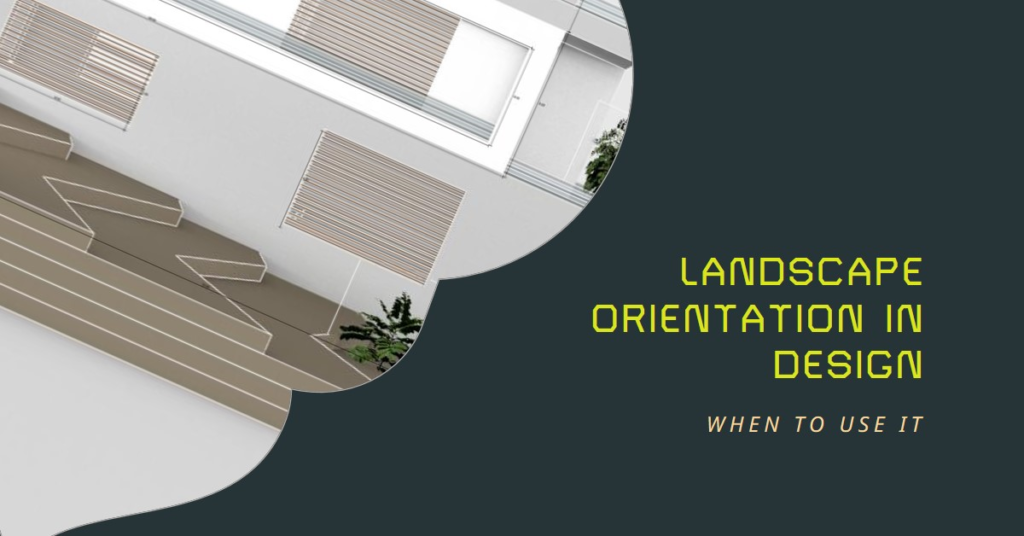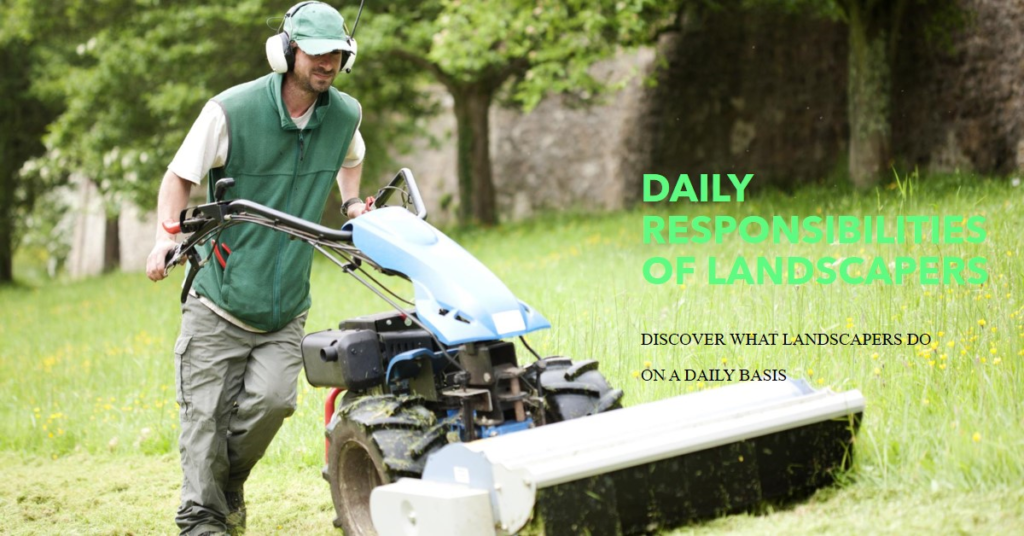
Table of Contents
- Introduction
- The Importance of Orientation in Design
- Enhancing Visual Storytelling
- Optimal Use in Photography
- Designing for Digital Platforms
- Effective Advertising and Marketing
- Enhancing User Experience
- Facilitating Information Display
- Optimal for Art and Illustration
- Choosing the Right Orientation
- Conclusion: Mastering the Art of Landscape Orientation
Introduction
Designers often face the crucial decision of choosing between landscape and portrait orientations. This decision can significantly impact the effectiveness and aesthetic appeal of the final product. In this blog post, we will explore the circumstances and contexts in which landscape orientation shines, helping you make informed design choices that captivate and engage your audience.
The Importance of Orientation in Design
Understanding Orientation Basics
Orientation in design refers to the direction in which a piece of work is laid out. Landscape orientation is wider than it is tall, resembling a natural vista or a horizontal photograph. This contrasts with portrait orientation, which is taller than it is wide. The choice between these two can influence the viewer’s perception and interaction with the design.
Why Orientation Matters
The orientation you choose can dictate how information is absorbed and interpreted. Landscape orientation often allows for a more expansive and immersive experience. It is particularly effective in certain contexts, which we will explore in the following sections. Transitioning to a landscape format can open up new possibilities for creativity and functionality in your design projects.
Enhancing Visual Storytelling
Capturing Expansive Scenes
Landscape orientation excels in scenarios where wide, expansive visuals are essential. For instance, panoramic photographs or landscapes benefit significantly from this format. The wide frame captures more detail and context, allowing the viewer to appreciate the grandeur of the scene.
Creating Immersive Experiences
In digital media, such as websites and presentations, landscape orientation can create an immersive experience. It allows for more horizontal space, making it easier to include multiple elements without cluttering the design. This can lead to more engaging and interactive content, drawing viewers deeper into the narrative.
Optimal Use in Photography
Highlighting the Subject
Photographers often choose landscape orientation to highlight subjects that span a wide area. This is particularly useful for capturing group photos, architectural shots, and natural landscapes. The wider frame provides more context, making the subject stand out in a more natural and aesthetically pleasing manner.
Enhancing Composition
The rule of thirds, a fundamental principle in photography, is easier to apply in landscape orientation. This rule suggests that an image should be divided into nine equal parts, with the key elements placed along these lines or their intersections. Landscape orientation provides ample space to utilize this technique effectively, enhancing the overall composition.
Designing for Digital Platforms
Websites and Online Content
In the realm of web design, landscape orientation is often the preferred choice. It aligns with the natural horizontal navigation of web pages, allowing designers to create fluid and intuitive user experiences. This orientation also accommodates the widescreen format of most modern devices, ensuring that content looks good across different screen sizes.
Presentations and Slideshows
Landscape orientation is the standard for most presentation software, such as PowerPoint and Keynote. This format allows for the inclusion of more information on each slide without overwhelming the audience. It also facilitates the use of visual aids like charts, graphs, and images, enhancing the overall impact of the presentation.
Effective Advertising and Marketing
Billboards and Banners
In advertising, landscape orientation is often used for billboards, banners, and other large-scale displays. This format is ideal for capturing the attention of passersby, providing a broad canvas for bold, eye-catching designs. The horizontal layout aligns with the natural field of vision, making the advertisement more noticeable and memorable.
Digital Marketing Campaigns
Landscape orientation is also prevalent in digital marketing, particularly in video ads and social media posts. Videos in landscape format offer a more cinematic experience, which can be more engaging and persuasive. Social media platforms like Facebook and Instagram often feature landscape-oriented ads, ensuring that the content is visually appealing and effectively communicates the intended message.


Enhancing User Experience
Video Content
When it comes to video content, landscape orientation is the industry standard. This format aligns with the aspect ratios of most viewing devices, including TVs, computer monitors, and smartphones held horizontally. It allows for a more immersive viewing experience, making it easier to follow the action and understand the content.
Interactive Interfaces
Interactive designs, such as touchscreens and kiosks, often benefit from landscape orientation. The wider format provides more space for interactive elements, making the interface more user-friendly. This can enhance the overall user experience, encouraging engagement and interaction.
Facilitating Information Display
Data Visualization
Landscape orientation is highly effective for displaying data visualizations, such as charts, graphs, and infographics. The wider format allows for more complex data to be presented clearly and concisely. It also provides space for additional explanatory text and legends, making the data easier to understand and interpret.
Educational Materials
In educational settings, landscape orientation is often used for textbooks, workbooks, and e-learning materials. This format allows for a more organized and readable layout, accommodating both text and visual aids. It can make learning materials more engaging and accessible, enhancing the overall educational experience.
Optimal for Art and Illustration
Expanding Creative Horizons
Artists and illustrators frequently use landscape orientation to expand their creative horizons. This format provides a broader canvas for detailed and expansive works of art. It allows for more complex compositions and the inclusion of multiple elements, resulting in richer and more dynamic pieces.
Showcasing Details
In illustrations, landscape orientation can be particularly useful for showcasing detailed scenes or narratives. The wide format allows for the inclusion of background elements and context, enhancing the storytelling aspect of the artwork. This can make the illustration more engaging and visually appealing.
Choosing the Right Orientation
Assessing Project Needs
When deciding between landscape and portrait orientation, it is crucial to assess the specific needs of your project. Consider the type of content, the intended audience, and the overall goals of the design. Landscape orientation may be the best choice if you need to capture wide scenes, display data, or create immersive experiences.
Adapting to Trends
Design trends often influence the choice of orientation. Currently, the popularity of widescreen devices and digital media favors landscape orientation. Staying updated with these trends can help you make informed decisions and ensure that your designs are relevant and effective.
Conclusion: Mastering the Art of Landscape Orientation
In conclusion, landscape orientation offers numerous advantages in various design contexts. From enhancing visual storytelling and photography to improving digital platforms and advertising, this format can significantly impact the effectiveness of your designs. By understanding when and how to use landscape orientation, you can create more engaging, visually appealing, and functional designs. Keep in mind the needs of your project and the preferences of your audience, and don’t be afraid to experiment with this versatile orientation to achieve the best results.


